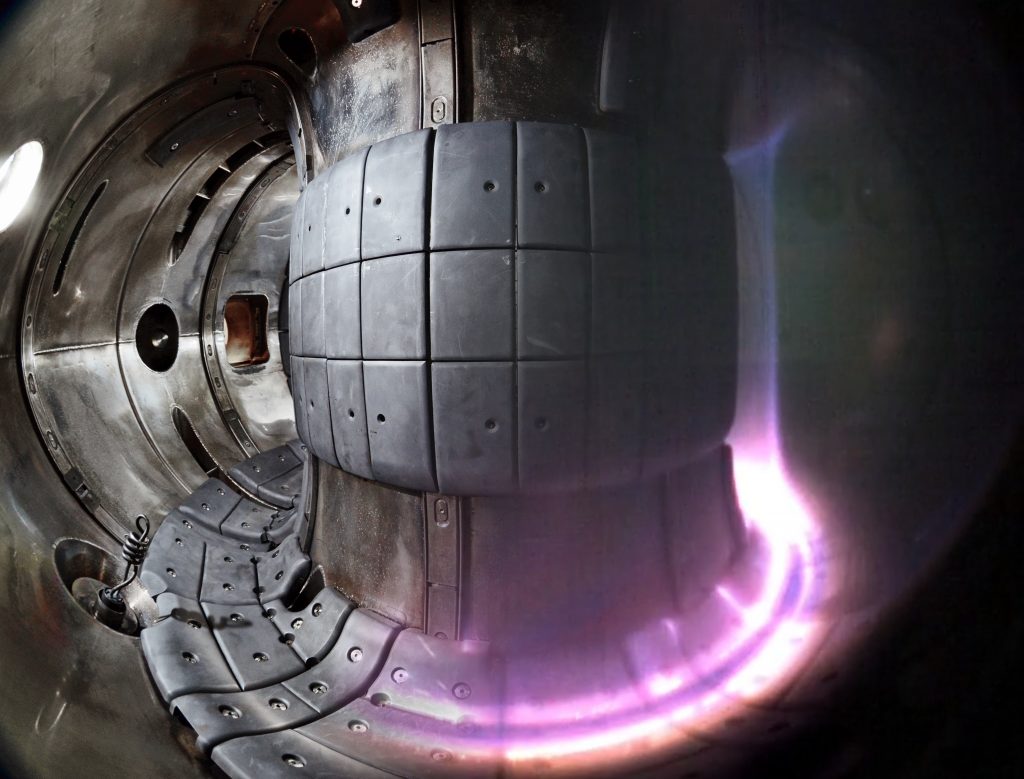Name: COMPASS – Tokamak for Thermonuclear Fusion Research
Institution: Institute of Plasma Physics of the Czech Academy of Sciences
Coordinator: RNDr. Radomír Pánek, Ph.D.; panek@ipp.cas.cz
Website
COMPASS consists of a tokamak and its auxiliary systems. It represents one of the key facilities in the joint European effort to master thermonuclear fusion as an energy source within EUROfusion (European Consortium for Development of Fusion Energy). Research at COMPASS focuses on those areas where it can deliver unique results due to its parameters, diagnostic equipment and capabilities. After 11 years of operation, COMPASS has currently been in the upgrade phase since 2021, to be completed in 2025, during which the development and installation of the new COMPASS-U tokamak and its auxiliary systems are underway. The new COMPASS-U tokamak operating with a high magnetic field (5 T) and a high plasma current (2 MA) represents a unique device globally. It will allow for addressing the key challenges of the ITER (International Thermonuclear Experimental Reactor) future exploitation, which stands out as one of the key missions in the EUROfusion strategy – European Research Roadmap to the Realisation of Fusion Energy. In addition, the upgraded RI will serve for the development, investigation and tests of innovative plasma and divertor configurations focusing on the energy and plasma exhaust from the reactor, and thus contribute to solving one of the key challenges on the road towards the future European DEMO fusion reactor. COMPASS will provide open access to a wide user community and enhance education in the field of high‑temperature magnetized plasma physics.
Furthermore, it will facilitate deep expertise in the development of the individual tokamak systems, plasma control and data acquisition systems and advanced diagnostics. It has established extensive collaboration with Czech and world-leading research organisations. At the European level, COMPASS is used mainly for the tasks of EUROfusion and ITER. In addition, a strong collaboration with the U.S. Department of Energy and U.S. national laboratories has also been established.
